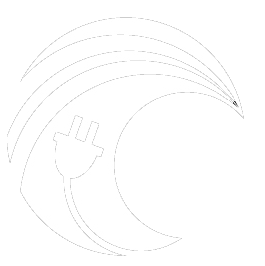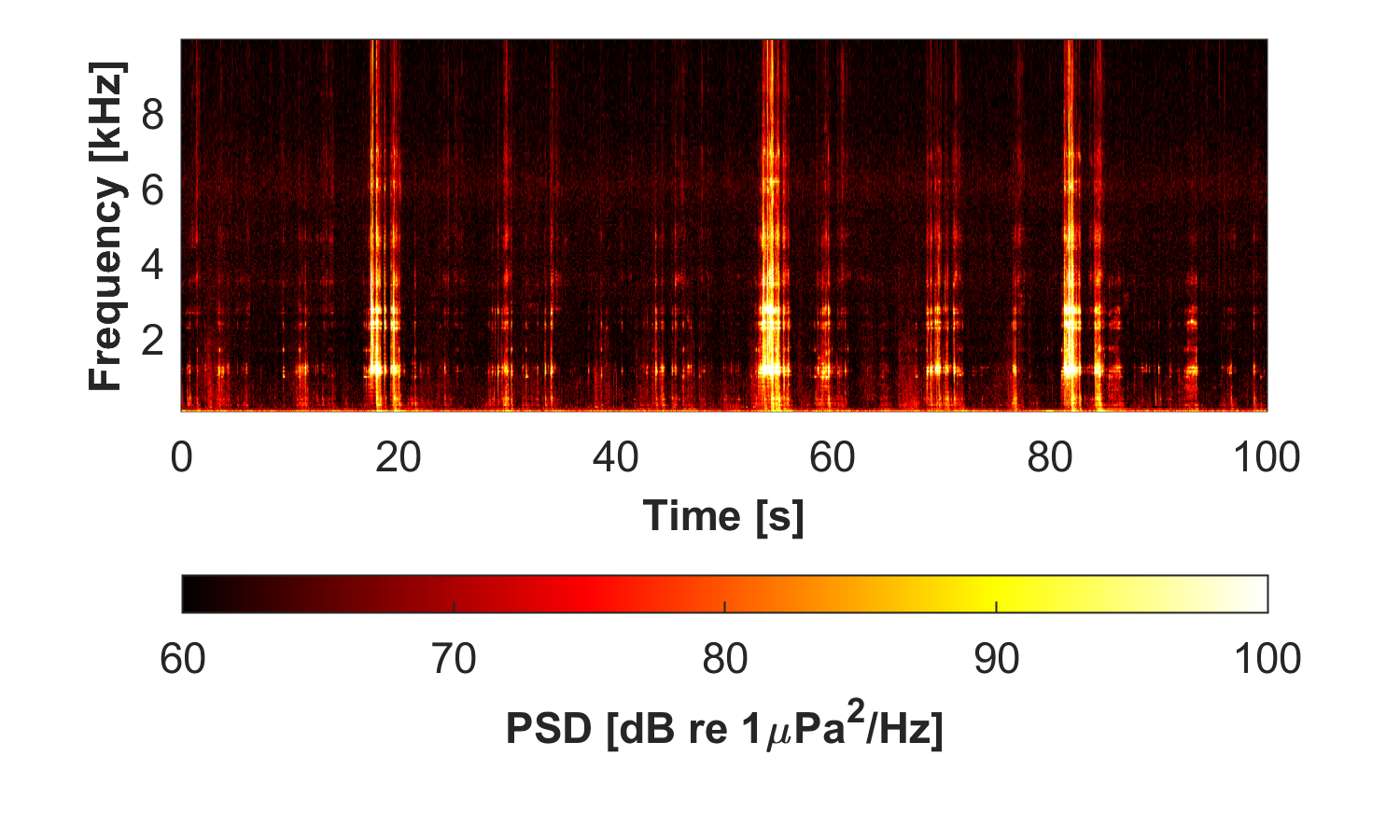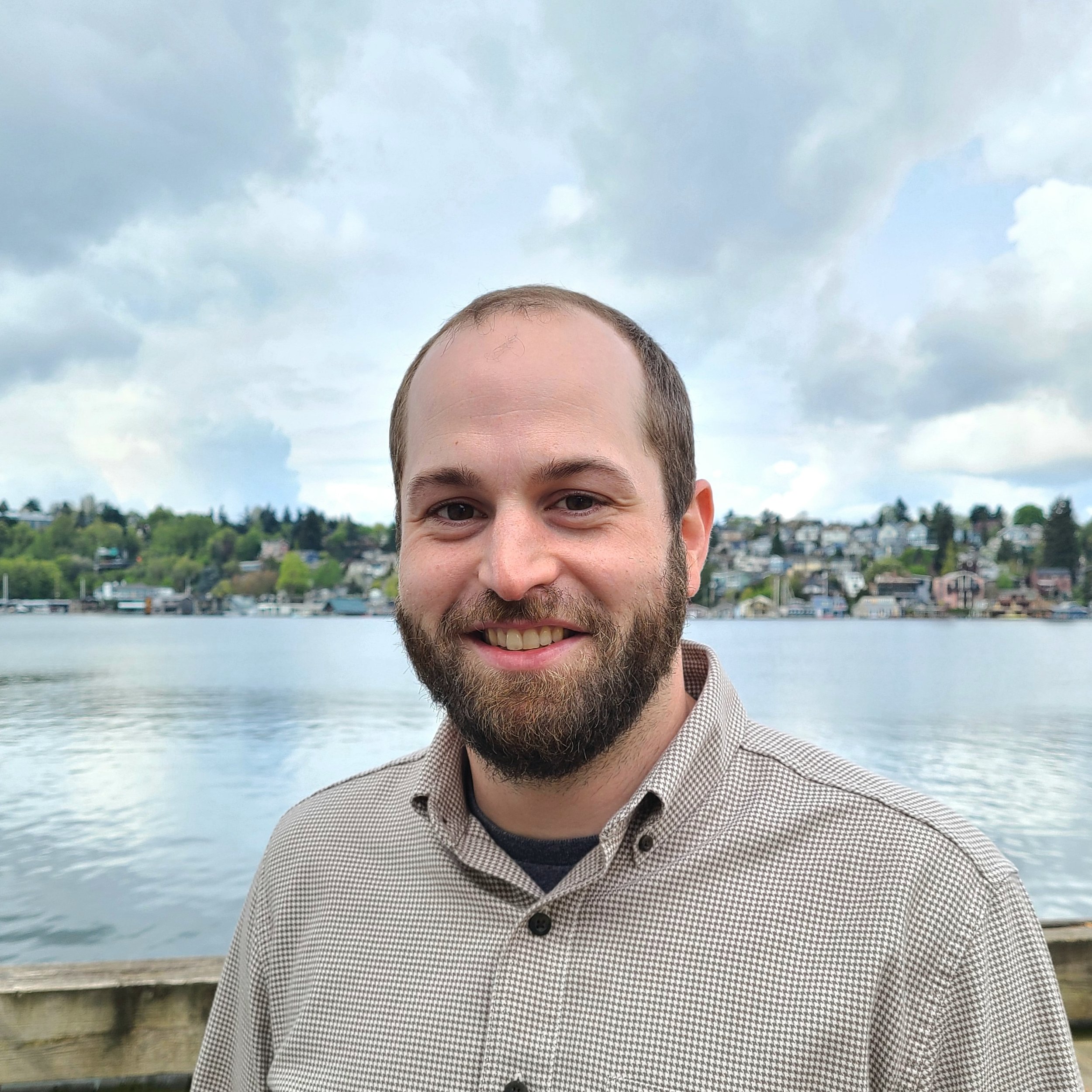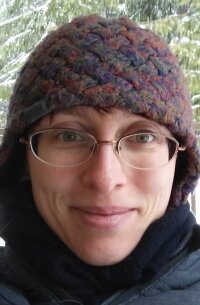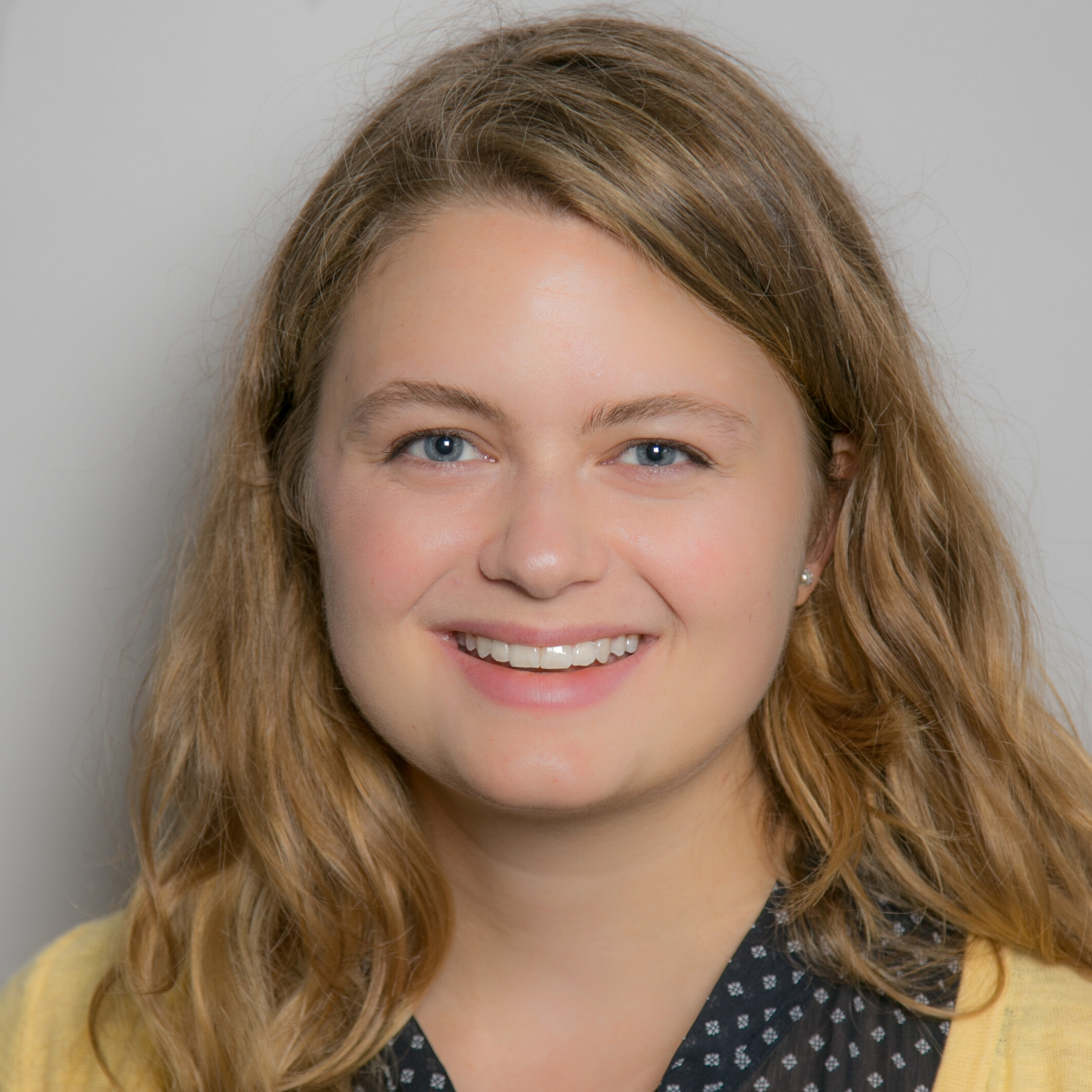Project Contact: Dr. Brian Polagye (bpolagye@uw.edu) Marine Renewable Energy Laboratory (UW)
Motivation
Because sound is used by marine life for a wide range of biological functions (e.g., communication, foraging) the potential for noise radiated from marine energy converters to disrupt these processes has been a matter of regulatory concern for projects around the world. Contextualizing the environmental risks posed by radiated noise from marine energy converters requires accurate acoustic measurements. While measurement of underwater noise by hydrophones is relatively routine, conducting these measurements in energetic waves and currents poses unique challenges. Specifically, if there is relative motion between the hydrophone and surrounding water, this will produce high intensity “flow noise” at low frequencies. This non-propagating sound is analogous to the “wind in your ears” when riding a bicycle, in that it is not audible to a stationary observer. If flow noise is inadvertently attributed to a marine energy converter, this can substantially bias the implied risk posed by its radiated noise.
SYSTEM OVERVIEW
Drifting Acoustic Instrumentation SYstems (DAISYs) are hydrophone systems designed to minimize relative motion between hydrophones and the surrounding water. Each DAISY consists of a surface expression, hydrophone package, and a coupling between the two. DAISYs are instrumented to provide a rich stream of metadata accompanying the primary acoustic measurements.
Surface Expression
Position (GPS)
Orientation (Inertial Measurement Unit)
Wind speed and direction (Airmar WX200)
Hydrophone Package
Orientation (Inertial Measurement Unit)
Depth (Blue Robotics pressure sensor - 20 m rating)
Sound (HTI 99-UHF - up to 512 kHz sample rate)
PPS synchronization at surface (GPS)
These data streams are recorded by microcomputers in the surface expression and hydrophone package. The current systems have sufficient battery power and storage to operate for up to 12 hours between charges. When deployed in groups around a marine energy converter, DAISYs can also localize sources of radiated noise. DAISYs are relatively lightweight (12 kg in air for surface expression, 6 kg in air for hydrophone package) and can be easily deployed and recovered by a crew of two.
DAISY recovery at the U.S. Navy’s Wave Energy Test Site (WETS) in Kaneohe, HI. In the background is the Fred. Olsen LifeSaver wave energy converter.
DAISY Variants
+ C-DAISY
- Use case: Tidal and river currents
- Configuration: Surface expression connected to hydrophone package by rubber tether (1+ m length). Hydrophone surrounded by fabric flow shield to suppress flow noise.
- Minimum clearance: 3.5 m (using 1 m tether)
- Maximum depth: 20 m (limited by pressure sensor)
- Maximum operating currents: > 3.5 m/s
- Reserve buoyancy: ~10 kg
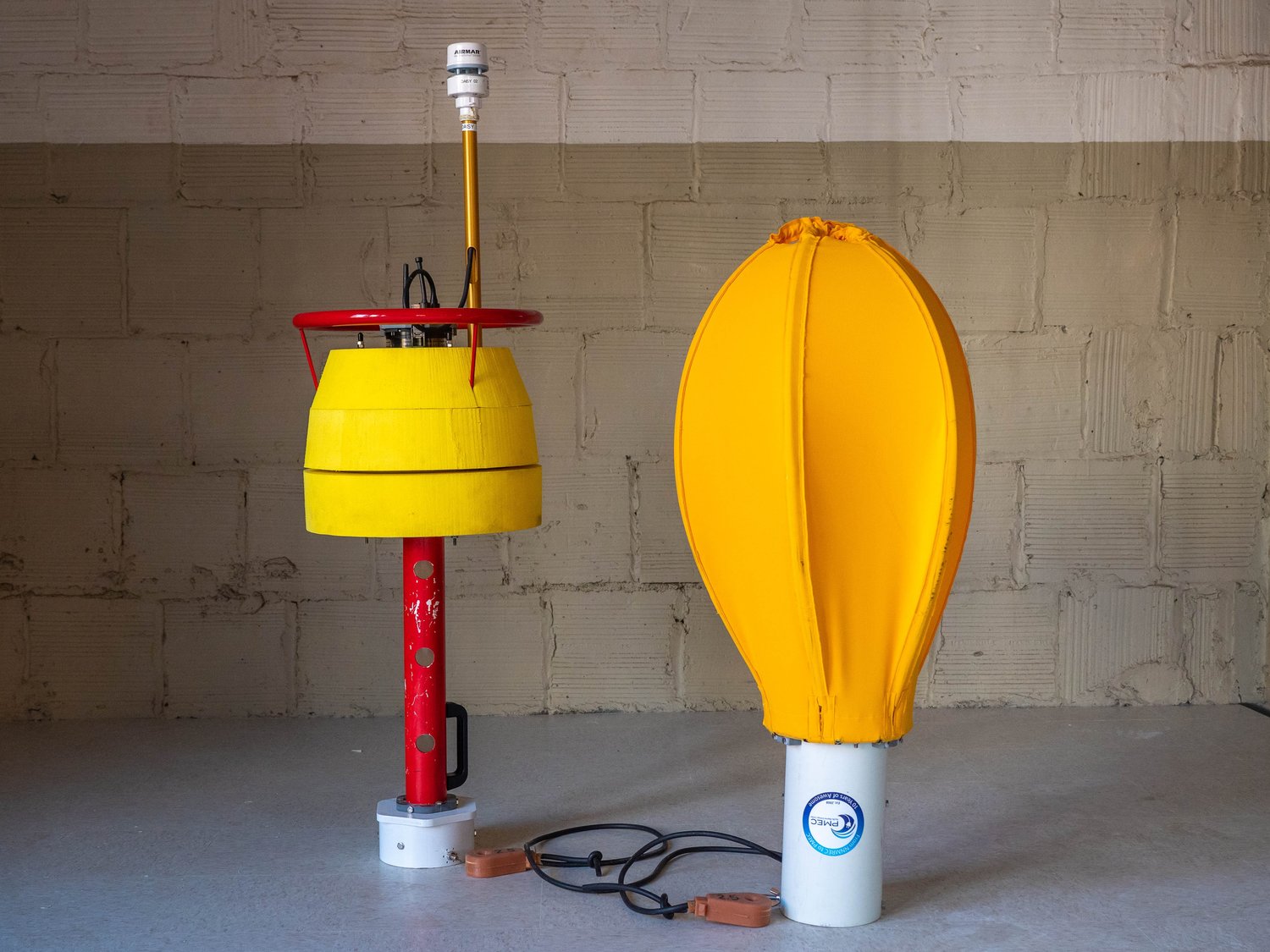 C-DAISY: (left) surface expression, (middle) rubber tether, and (right) hydrophone package equipped with flow shield
C-DAISY: (left) surface expression, (middle) rubber tether, and (right) hydrophone package equipped with flow shield
+ Shallow DAISY
- Use case: Tidal and river currents with limited clearance
- Configuration: Surface expression rigidly connected to hydrophone package. This rigid connection can increase self noise and is not recommended for general use.
- Clearance: 1 m
- Maximum operating currents: > 3.5 m/s
- Reserve buoyancy: ~10 kg
Shallow DAISYs awaiting deployment in measurements around ORPC's Modular RivGen® turbines in Millinocket, ME
+ W-DAISY
- Use case: Waves
- Configuration: Surface expression connected to hydrophone package by rubber tethers (2+ m length) with intermediate heave plate for motion dampening.
- Minimum clearance: ~6 m (using 2 m tethers)
- Maximum depth: 20 m (limited by pressure sensor)
- Maximum operational sea state: Hs ~ 3 m
- Reserve buoyancy: ~20 kg
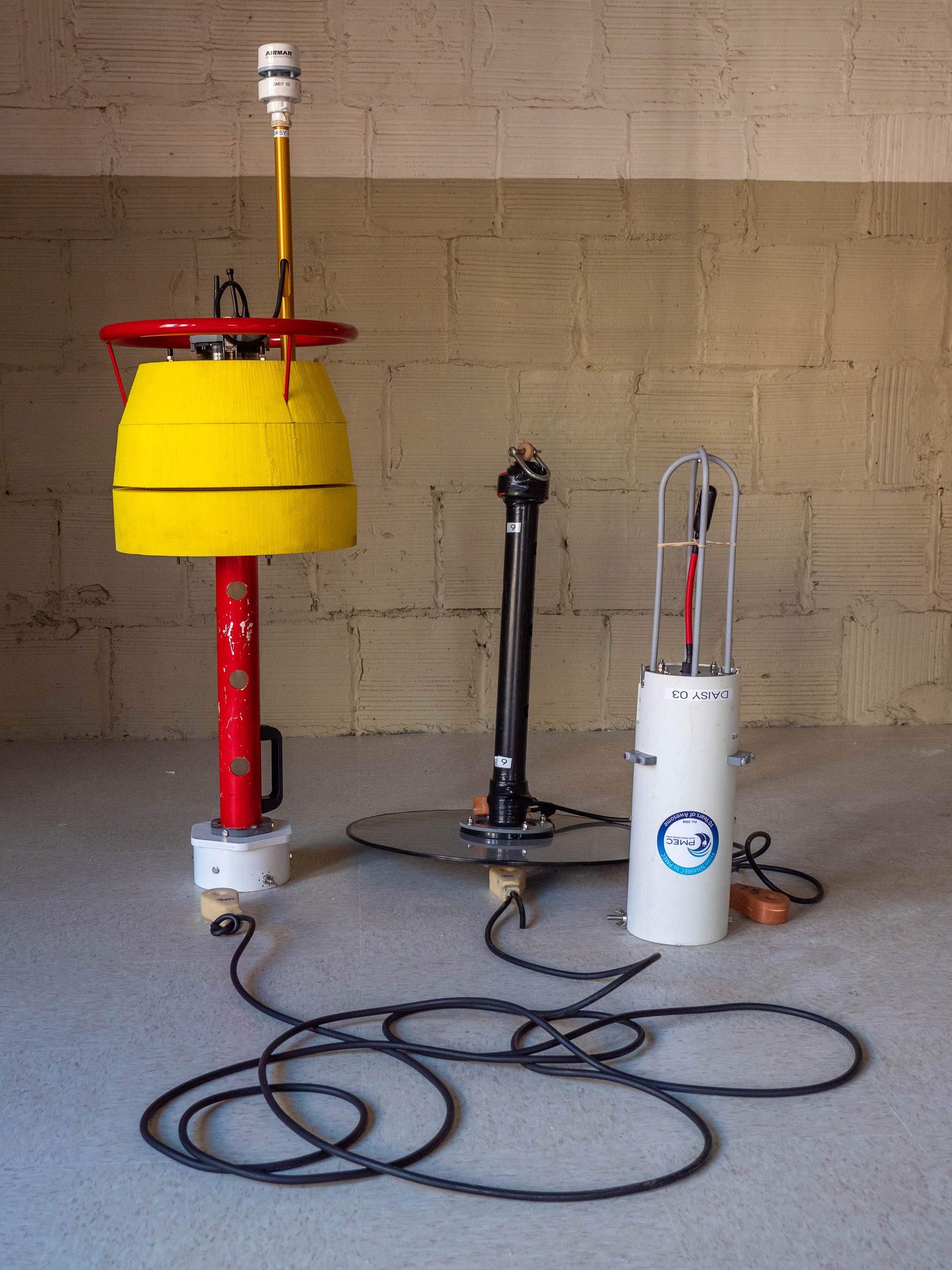 W-DAISY: (left) surface expression, (middle) rubber tethers and heave plate, and (right) hydrophone package
W-DAISY: (left) surface expression, (middle) rubber tethers and heave plate, and (right) hydrophone package
Noise Floor
The measurement sensitivity of the DAISYs is frequency-dependent and has been evaluated through nighttime measurements in Sequim Bay, WA where there are few sources of ambient or anthropogenic noise. In tests to date, this sensitivity has been sufficient to resolve radiated noise of interest from marine energy converters.
Approximate DAISY noise floor from quiescent drifts as Pacific Northwest National Laboratory’s Marine and Coastal Research Laboratory (MCRL). Solid lines denote median pressure spectral density (PSD) and shaded overlays denote the interquartile range.
Results to date
DAISYs have been used to survey WECs at WETS, complementing longer-term monitoring from fixed platforms, as well as river and tidal current turbines. The systems have also undergone significant benchmarking to evaluate flow shield (C-DAISY) and heave plate (W-DAISY) effectiveness at isolating the hydrophone from surrounding motion.
Shallow DAISY measurements around an ORPC Modular RivGen® turbine in Millinocket, ME. The turbine is brought to a stop at ~130s into the drift. Prior to this point, tones from variable frequency drive excitation of the generator and gearbox are apparent and modulate with turbine rotation rate.
W-DAISY measurements at the U.S. Navy’s Wave Energy Test Site (WETS) in Kaneohe, HI. The dominant sound is chain noise from a damaged mooring. This highlights the potential for passive acoustic measurements to identify mechanical problems from abnormal radiated noise.
ONGOING Work
Groups of DAISYs will be deployed around wave energy converters at PacWave to help characterize radiated noise in conjunction with Integral Consulting’s NoiseSpotter® platform. As part of this work, UW is updating the DAISY electronics to reduce the high-frequency noise floor.
Commercialization
Manufacturing Information
Want to build your own DAISYs? Here are the instructions to do it…
Surface Expression (Buoy)
Rubber Tether
Build Instructions (.pdf 2 MB)
Hydrophone Package (Holster)
Flow Shield
Electronics Packages
Electrical schematic (.pdf)
Gerber layers (.pdf)
Gerber files (.zip) for PCB ordering
Photo credit: Shanon Dell (PNNL)
Publications
Polagye et al. (2025) Approaches to attributing underwater noise to a wave energy converter. JASA Express Letters, https://doi.org/10.1121/10.0036727
Polagye et al. (2024) Performance of a Drifting Acoustic Instrumentation SYstem (DAISY) for characterizing radiated noise from marine energy converters. J. Ocean Eng. Mar. Energy, https://doi.org/10.1007/s40722-024-00358-6
Haxel et al. (2022). Underwater Noise Measurements around a Tidal Turbine in a Busy Port Setting. J. Mar. Sci. Eng., 10(5), 632.
Chang et al. (2021). Clearing a Path to Commercialization of Marine Renewable Energy Technologies Through Public-Private Collaboration. Frontiers in Marine Science, 8.
Polagye, B., Murphy, P., Cross, P., and Vega, L. (2017) Acoustic Characteristics of the Lifesaver Wave Energy Converter, 12th European Wave and Tidal Energy Conference, Cork, Ireland, August 28-31.
